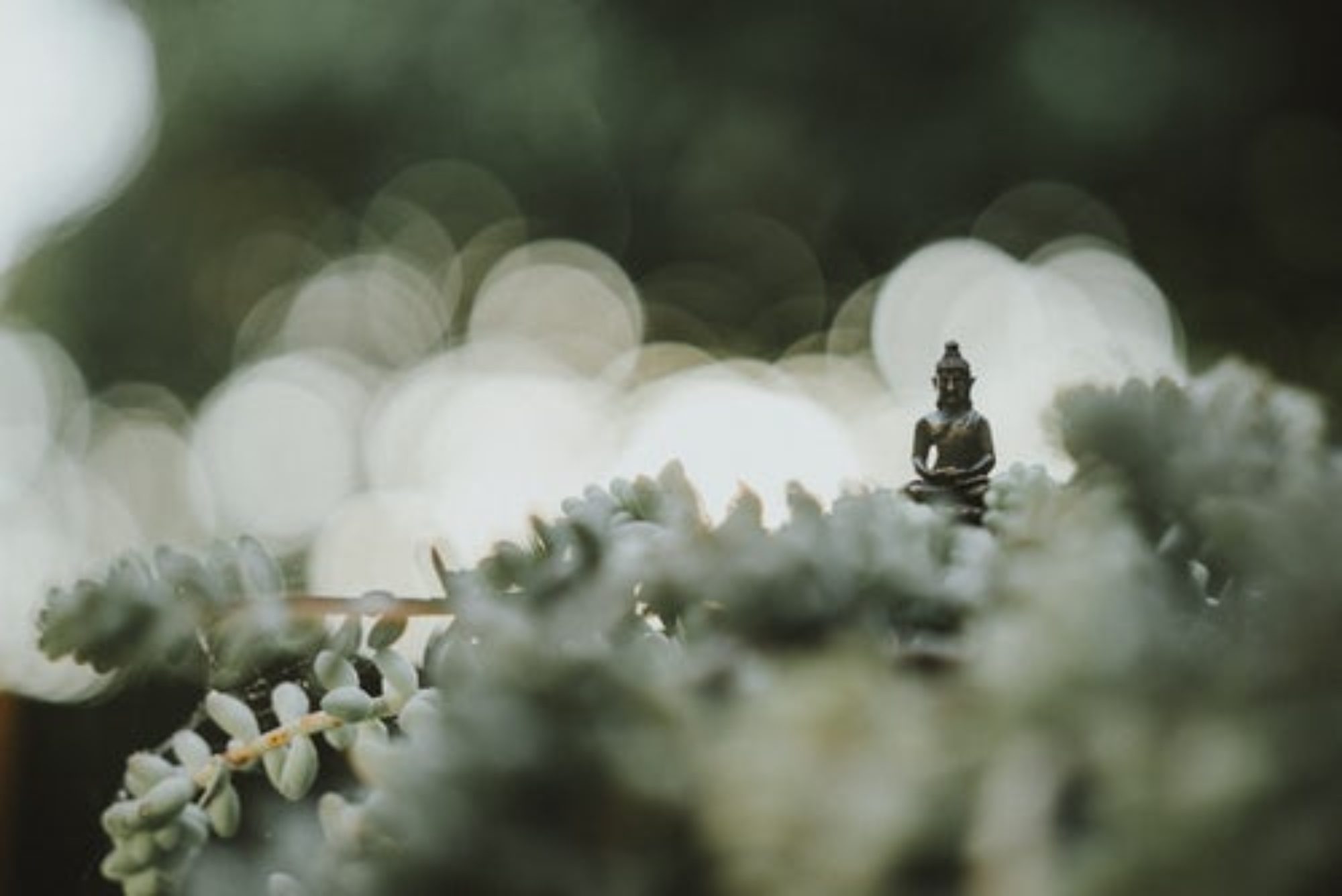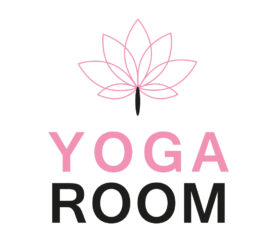You can book the classes with lesson cards or memberships. Take a look at our prices.
Different prices apply for events, courses, workshops and trainings. If you have any questions you can call us or send an email, we’re happy to inform you. Duration of all lessons is 1 hour, unless indicated otherwise.
Please enroll/unenroll at least 3 hours before start of the class, otherwise please contact us. Wear light and loose clothing and for more active classes you can wear sports clothes. Try to not eat a heavy meal 2 hours before the class. Be present at least 10 minutes before the class starts so you can center yourself and don’t start your class feeling stressed. When the class has started already it is not possible to participate.
Read below for more information about our classes (* indicates intensity of the class):
* Yoga nidra, literally translated “sleep of the yogis”, is a yoga style that is used to prepare ourselves both mentally and physically before entering deeper levels of consciousness by mediation. Yoga nidra can be practiced daily, to help relax mind and body deeply. Practitioners claim that half an hour of yoga nidra equals three hours of regular sleep, although frequent practice is not recommended because body and mind still require sufficient natural sleep.
* During a Yin yoga class the poses (passive, sitting, lying) are held for longer periods of time than in any other class. Because all the poses are meant to improve relaxation of the body, you not only become more flexible, but you can also let go more easily. Many supporters of yang (active) classes also love to join yin classes, to maintain the balance.
* Restorative-Nidra yoga is a combination class. We start with restorative and end with yoga nidra. Restorative yoga invites you to slow down, reflect, heal and recuperate. It activates the self-healing ability of the body. The practice emphasizes relaxation over flowing movements and physically challenging poses, instead focusing on simple stretches. There is a lot of focus on centering the breath and body, practicing stillness along with gentle movements, and holding poses for extended periods. Yoga nidra, literally translated “sleep of the yogis”, is a yoga style that is used to prepare ourselves both mentally and physically before entering deeper levels of consciousness by mediation. Yoga nidra can be practiced daily, to help relax mind and body deeply. Practitioners claim that half an hour of yoga nidra equals three hours of regular sleep, although frequent practice is not recommended because body and mind still require sufficient natural sleep.
* Slow Flow (hatha) yoga is focused on a relaxing way of moving with mild, fluent yang movements. Slow flow yoga links the breath, movement and hatha poses together, forming a continuous, flowing, dance-like, moving meditation. The combination of breath, movement and posture improves elimination of toxins from the body, awakens and renews the energy, giving us total relaxation and mental peace.
* Mantra is a sound, word, syllable or group of words that have psychological and spiritual powers. A mantra may be repeated as a continuous recitation (chant). The origin of the word mantra is believed to be a combination of the Sanskrit words manasah (spirit) and tra (liberation by control of the spirit). Singing or reciting mantras can have a meditative effect and improve the mobility of breath and voice.
* Parent-child yoga is a way to make children conscious of their body and mind. It is knowing and feeling who you are. Yoga is a process of growth in which you try to get to know yourself from different aspects and in which you will come to a balance. That’s why it is beautiful to start early with yoga, and because we at Yogaroom find it important to spread this we give FREE participation to 1 child per parent. This class is a moment in which you and your child can focus on yourselves and each other in a playful manner.
** Hatha yoga is a soft physical yoga style in which we use the body. This can be done in an intensive way, but also in a more relaxing way. Basically, all other yoga styles we offer at Yogaroom are derived from hatha yoga. In all classes body and mind are trained by (sometimes intensive) poses. By consciously working with the body and the breath (5-10 breaths per pose), the body becomes healthier and awareness is increased. The physical postures improve muscle strength, flexibility and keep the body healthy. Breath plays an essential role in hatha yoga, because the breath has a positive effect on the whole body.
** In a Yin & Yang yoga class we work with both qualities; we alternate active, dynamic movements (yang) with still poses that we hold for a longer period of time (yin). The Yang in the movements is focused at the muscles and improves strength and vitality of the body. On the other hand, the Yin poses are focused at the deeper tissues around the joints and organs and they bring you into contact with the silence within yourself. This helps keep a healthy balance between body and mind.
** Kundalini yoga is a powerful and fast-acting yoga style, incorporates all the physical, mental and spiritual aspects of yoga into one cohesive and integrated system. Compared to other yoga styles it has a much broader emphasis on breathing, meditation, hand positions (mudras), chanting (mantra), and spirituality. It is based on kriyas, or specially formulated sets of exercises incorporating all of the above, from which you will experience fast results, and enjoy great benefits. The simple but energetic and dynamic yoga postures are meant for everyone: young, old, tall, short, with or without yoga experience. Kundalini yoga helps to balance the energies of your brain, nervous system and endocrine system, so that you can function at a higher level instantly without exhausting your body and mind. When your body and mind are relaxed, inspiration can flow freely and you experience calmness in your thinking. There is space for softness, opening and releasing, but also for power, endurance and discipline
*** Yogic Life class might be one of the most challenging classes, but that makes it also the class in which you learn most about yoga and about yourself. All yoga styles are developed by someone, and in this class you will focus on Your development. Weekly, the teacher will teach you about traditional yoga science in its broadest sense but the teacher will only take a supporting role to guide you into a deeper understanding of your true essence. If you want to go above and beyond patterns and lines and if you want to learn how to live as a true yogi, then this class might be for you. The doors of this class are open and it is up to you when you start and when you finish.
*** OSHO Dynamic meditation consists of five stages. Osho Dynamic meditation is one of the the most playful methods of meditation to get into a state that is thoughtless yet blissful, alone yet connected to everything around you. It is an hour long process with 5 stages involving intense breathing, catharsis, mantra chanting, silence and finally celebrating. You will hear in the music when one stage transitions into the next. The meditation is meant to be done in the early morning, when as Osho explains it, “the whole of nature becomes alive, the night has gone, the sun is coming up and everything becomes conscious and alert.” This meditation is physically powerful, challenging and expanding.
**** Vinyasa yoga is a style of yoga that links the breath, movement, and poses together. The Sanskrit word, “Vinyasa,” has a variety of meanings, but the most common reference is to the connection between breath and movement. This combination makes that toxins are secreted from the body, you feel energized and relaxed. Vinyasa is sometimes referred to as Flow Yoga, reflecting the emphasis on the movement, or ebb and flow, between poses. The classes are generally speaking more challenging than a hatha class.
Suitable for beginners and advanced yogis
**** Ashtanga Vinyasa yoga ‘led class’. The Ashtanga Vinyasa yoga class exists of a series of active physical movements, cleansing exercises, breath control, focus, meditation and relaxation. Teachers guide you in and out of the poses, show you where your boundaries and how to move them, and guide you on mental and emotional level. They advise you on how to deepen your practice and how to move safely on the yoga mat. The atmosphere during the yoga classes is dynamic, focused, energetic and in the end relaxing. During the classes we strive for physical, mental, emotional and energetic health by a high quality of teaching with full focus. If you are in doubt whether you are ‘ready’’ for this advanced class, you can ask the teacher for advice.
**** Meditation refers to a wide spectrum of spiritual practices. The word meditation is derived from the Latin word meditation – which in turn is derived from the verb “meditate”, which means to think/to overthink. We can make a distinction between contemplation, concentration-meditation and vipassana meditation. Within these three styles there are many variants. In theory meditation sounds simple, but in practice it might prove a challenge. These three basic principles form the source of almost every meditation exercise 1) focus the attention; 2) recover the attention; 3) accept and embrace. When you follow these principles meticulously you will reach a state of meditative relaxation and clarity within a matter of time. Simultaneously you will activate a process which will help you to get to know your inner world as well as how to deal with distractions and resistance.
See you in our Yoga Studio in Leiden!


